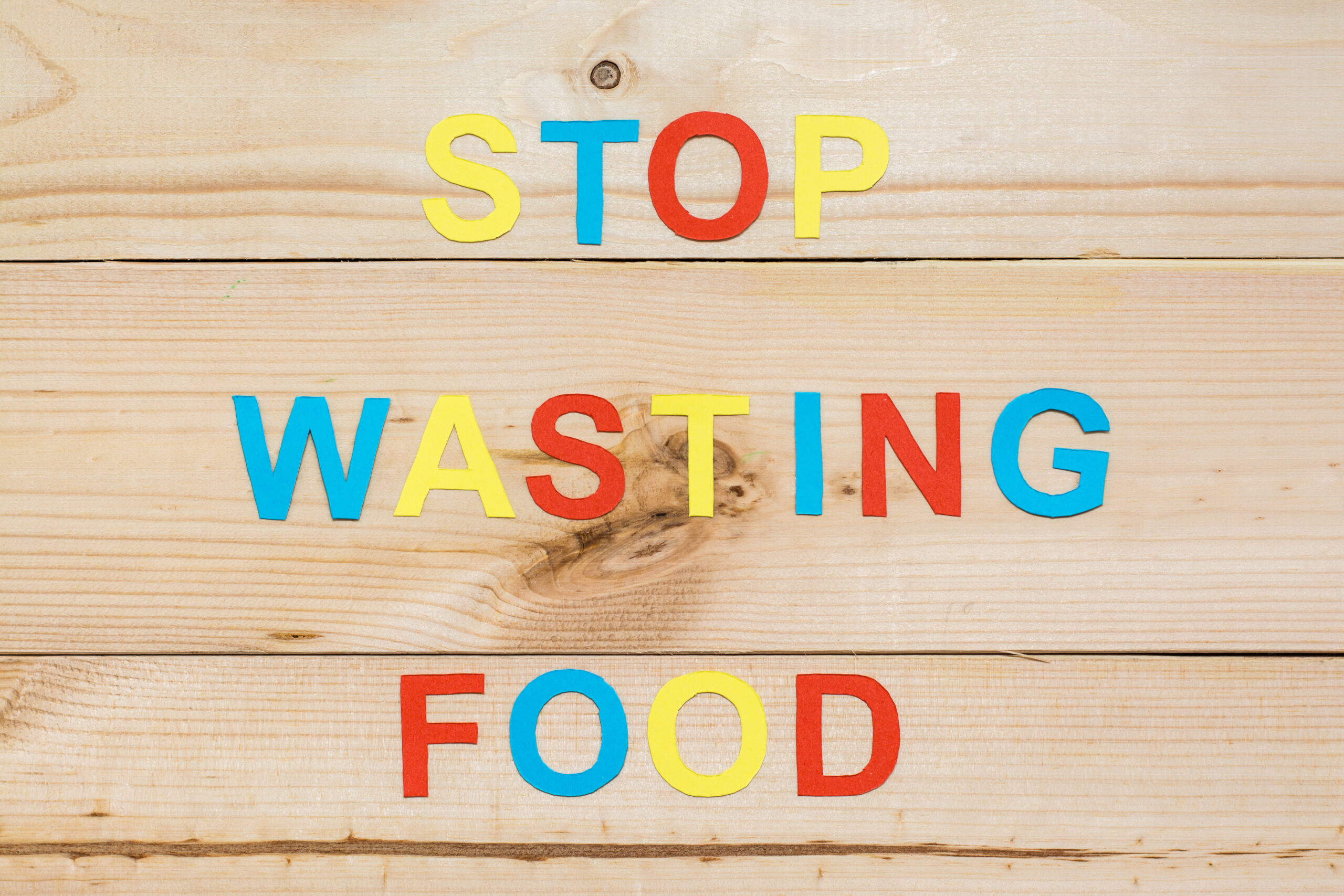Trump’s proposed 2019 budget involved the elimination of food stamps in the Supplemental Nutrition Assistance Program (SNAP), which could result in billions of dollars being lost by participating food retailers. If this budget gets approved, over half of the money recipients receive would be taken away.
In 2011, Trump first announced his stance on the food stamp system, referring to it as a “food stamp crime wave” in his book “Time to Get Tough.”
“The food stamp program was originally created as temporary assistance for families with momentary times of need. And it shouldn’t be needed often,” he wrote. “But when half of food stamp recipients have been on the dole for nearly a decade, something is clearly wrong, and some of it has to do with fraud.”
Seven years later, the President proposed this new budget that would completely replace the five-decade long food stamp system with monthly delivered “harvest boxes” that contain “100 percent American grown food.” The box would feature items such as canned meat, noodles, juice and shelf-stable milk that the government would purchase at wholesale prices.
“What we do is propose that for folks who are on food stamps, part — not all, part — of their benefits come in the actual sort of, and I don’t want to steal somebody’s copyright, but a Blue Apron-type program where you actually receive the food instead of receive the cash,” said Mick Mulvaney, Budget Director.
This proposal dramatically alters the traditional SNAP program which assists people who make 130 percent less than the federal poverty line. Instead of receiving $90-$130 a month in SNAP benefits, recipients would have to rely solely on monthly delivered harvest boxes. This Trump proposed budget would save the government $17 billion annually and $213 billion in the next decade.
Although this new budget would save the government billions of dollars, food companies would have to deal with the deficit. Retailers who are authorized to accept SNAP money include Walmart, Target and Aldi, who could lose billions of dollars from this market. According to Customer Growth Partners, food stamps are responsible for 7.5 percent of grocery sales and Walmart collects more than a fifth of these sales.
On Monday, the Food Marketing Institute (FMI) – a trade association for the grocery industry – referred to the harvest box as expensive and inefficient.
“FMI and our members have worked with the House and Senate Agriculture Committees and the USDA over several decades to achieve a national system, utilizing existing commercial infrastructure and technology to achieve the greatest efficiency, availability and lowest cost. As we understand the proposal in the President’s budget to create a USDA commodity foods box of staples, each of these achievements would be lost,” said Jennifer Hatcher, Chief Public Policy Officer at FMI in a statement.
The proposal has yet to be approved by Congress but considering the strong opposition that the food industry has against it, it is unlikely to become a reality in the near future.












Join or login to leave a comment
JOIN LOGIN